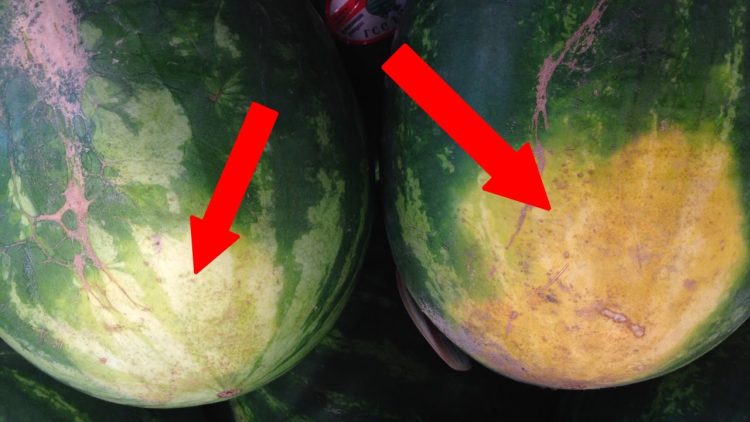Inspect the Rind Take a close look at the rind. It should be relatively smooth and the watermelon itself should be free from bruises, cuts, or dents. These imperfections can affect the texture and flavor of the fruit inside.
Tap the Watermelon Give the watermelon a gentle tap or knock. Listen for a deep, hollow sound. This sound generally indicates that the fruit is full of juice and has the crisp texture that everyone loves. A dull sound might mean the fruit is under-ripe or overripe.
Consider the Size Think about your needs. If you’re hosting a large gathering, go for a bigger watermelon. For personal or small family use, a smaller watermelon may be more appropriate. Regardless of the size, the watermelon should still feel heavy for its size and have the other characteristics of ripeness.
Conclusion Selecting the perfect watermelon doesn’t have to be a game of chance. By following these simple tips—examining the shape, checking the field spot, assessing the weight, inspecting the rind, tapping for sound, and considering your needs—you can choose a deliciously ripe watermelon with confidence. Enjoy the sweet, hydrating bounty that this summer fruit has to offer at your next meal or gathering!
